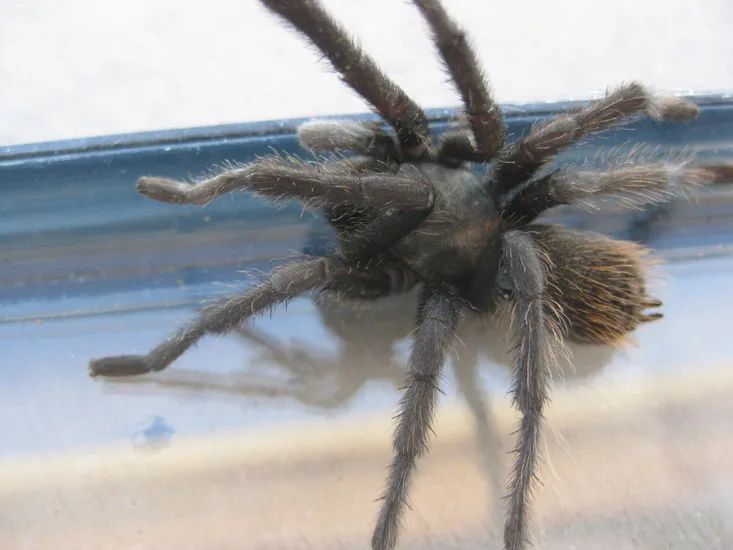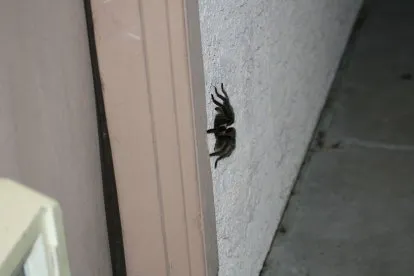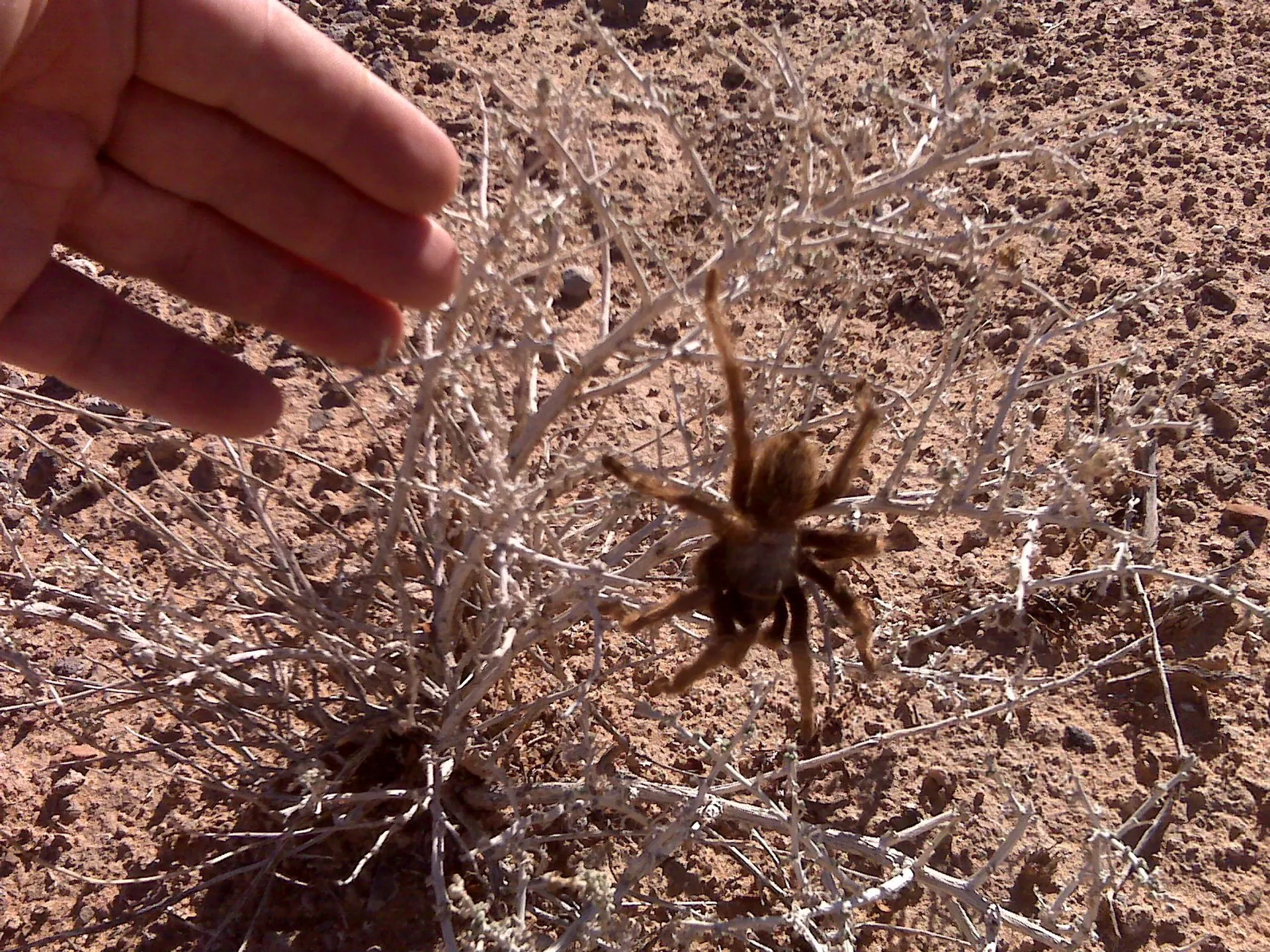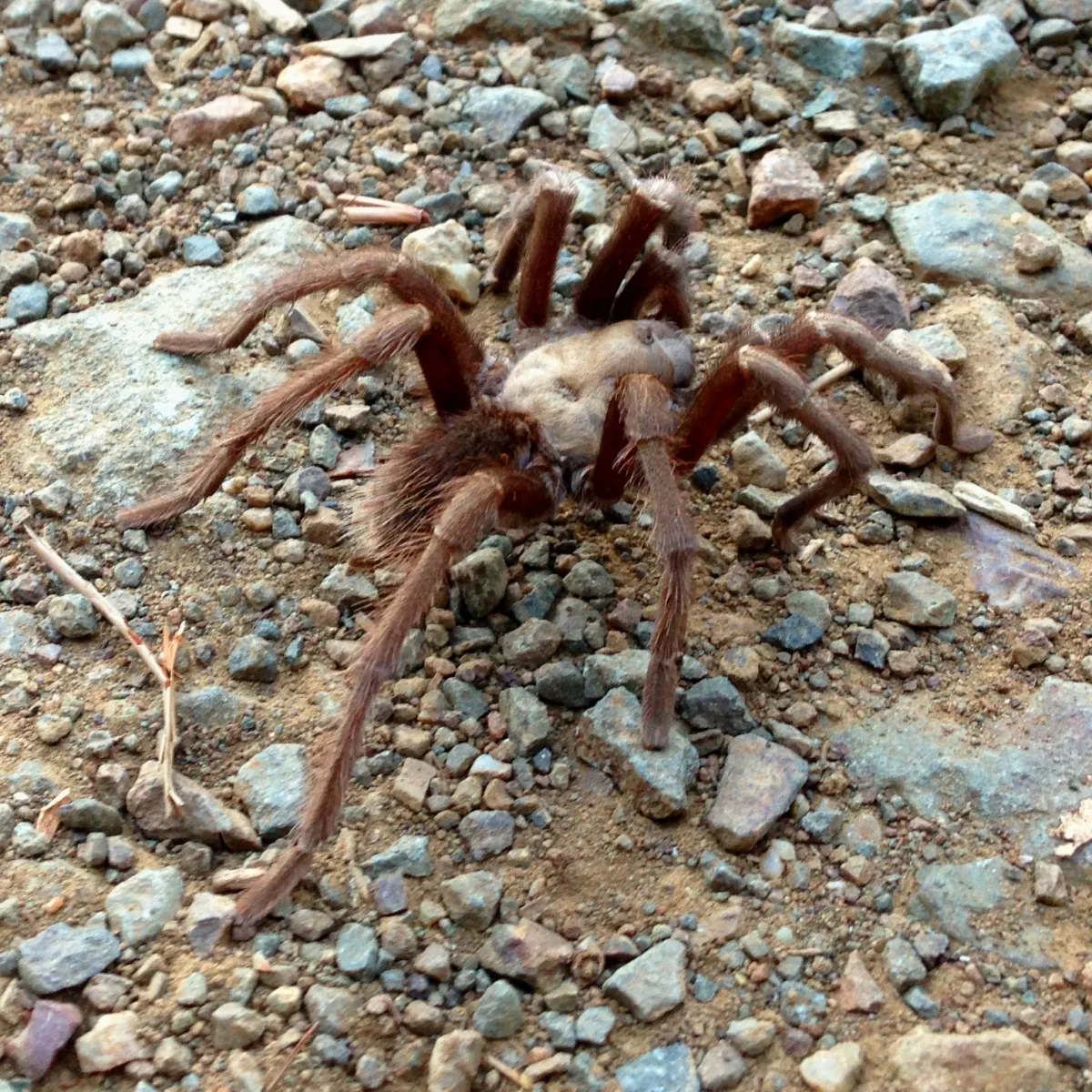Understanding Tarantula Migration in AZ
Arizona’s desert landscape comes alive each year with a fascinating natural phenomenon tarantula migration. This event, primarily driven by the spiders’ mating behavior, offers a unique spectacle for nature enthusiasts. Unlike the typical image of spiders hiding in webs, these large, hairy arachnids embark on a journey that can be observed across various regions of Arizona. Understanding the triggers, timing, and locations of this migration can significantly enhance your chances of witnessing this impressive display. Furthermore, appreciating the specific factors influencing their movement provides valuable insights into the spiders’ life cycle and the delicate balance of their ecosystem. Observing tarantula migration requires both knowledge and respect for these creatures and their environment, which is crucial for a safe and enjoyable experience. This guide offers the essential information needed to spot the best moments of tarantula migration in Arizona.
What Triggers Tarantula Migration?
The primary instigator behind tarantula migration is reproduction. Adult male tarantulas, in particular, become active during the mating season. They leave their burrows in search of receptive females, often traveling considerable distances. This journey is a race against time and predators. The males’ primary objective is to find a mate, and the migration is essentially a courtship ritual. The females, on the other hand, typically remain near their burrows, waiting for the males to find them. This difference in behavior is a key aspect of understanding why tarantula migration occurs when it does. Several environmental factors also contribute, making the timing and intensity of the migration variable from year to year.
Seasonal Changes and Their Impact

Seasonal changes play a pivotal role in tarantula migration patterns. The onset of the mating season usually coincides with the end of summer and the beginning of fall when temperatures begin to cool. This period provides optimal conditions for the spiders to move across the desert landscape without overheating. The cooler temperatures also influence the spiders’ activity levels, making them more likely to venture out of their burrows. This seasonal shift directly impacts the timing of the migration, with most activity occurring during late summer and early fall. Understanding the specific impact of temperature fluctuations helps to predict the peak migration times. Furthermore, the availability of prey can influence activity levels because tarantulas are always seeking food.
Environmental Factors
Besides seasonal changes, other environmental factors can influence tarantula migration. Rainfall, for instance, can significantly impact the movement of tarantulas. Heavy rains can force them out of their burrows, leading to increased activity and visibility. Conversely, prolonged droughts can hinder migration, as the spiders may become less active and stay within their burrows to conserve moisture. The presence of specific vegetation and terrain also matters, with spiders preferring certain habitats over others. These variations can lead to noticeable differences in migration patterns across different regions of Arizona. These local environmental conditions are critical when trying to spot the best migration moments.
Identifying Prime Tarantula Migration Spots
Locating prime spots for observing tarantula migration involves understanding the spiders’ habitat preferences and the times when they are most active. Successful observation combines knowing where to look with knowing when to look. This section explores the habitat preferences of Arizona tarantulas, the optimal times for viewing the migration, and some of the best locations to witness this natural spectacle. Planning your observation trip requires diligent research to improve your chances of seeing a tarantula.
Habitat Preferences of Arizona Tarantulas

Arizona tarantulas prefer specific habitats, usually areas that offer suitable soil for burrowing, adequate shelter, and an abundant food supply. They often inhabit grasslands, deserts, and scrublands where the soil is firm enough to support their burrows. These burrows provide protection from the elements and predators. Understanding these habitat preferences will help you narrow your search for tarantula migration hotspots. Look for areas with sparse vegetation, which offers both shelter and easy access to prey. Identifying the right habitats is a key step toward observing tarantula migration.
Optimal Times for Viewing
The best times to view tarantula migration are usually in the late summer and early fall, typically from late August to October. The peak activity often occurs during the cooler evening and early morning hours, as the tarantulas avoid the heat of the day. Weather conditions such as cloudy days or light rain can also increase activity. Observing during these times improves your chances of seeing the spiders actively moving. Checking local weather forecasts can provide valuable insights for planning your viewing sessions and improve your chances of success.
Best Locations to Observe Migration
Several locations across Arizona are known for their high tarantula migration activity. Some popular spots include areas near Tucson, Phoenix, and other desert regions. Consider parks, nature reserves, and open desert spaces that offer the suitable habitat. Researching specific trails and areas within these locations can increase your chances of encountering the migrating tarantulas. Contacting local nature centers or hiking groups will provide valuable information about recent sightings and the best routes to explore. Always respect the environment and follow all park rules to ensure both your safety and the preservation of the natural habitat.
How to Safely Observe Tarantula Migration

Observing tarantula migration is a rewarding experience, but it is essential to do so safely and responsibly. This involves taking necessary precautions, respecting wildlife and their habitats, and understanding what to do if you encounter a tarantula. Proper safety measures ensure that you enjoy the experience without putting yourself or the tarantulas at risk. Approaching wildlife with respect is crucial for preserving their natural behaviors and ecosystems.
Precautions and Safety Tips
When observing tarantula migration, always wear appropriate clothing, including long pants, closed-toe shoes, and long sleeves, to protect yourself from potential bites or encounters with other desert wildlife. Carry a flashlight or headlamp for visibility, especially during evening hours. Avoid getting too close to the tarantulas or attempting to handle them. Keep a safe distance to observe them and respect their space. Be aware of your surroundings, and watch out for other hazards, such as snakes, scorpions, and uneven terrain. Always hike with a buddy and let someone know your plans and location. Bringing a first-aid kit is always recommended.
Respecting Wildlife and Their Habitats
Respecting the wildlife and their habitat is crucial for responsible observation. Avoid disturbing the tarantulas or altering their environment in any way. Do not feed them or attempt to interact with them directly. Stay on designated trails to minimize your impact on the ecosystem. Pack out everything you pack in, and leave no trace of your visit. Be mindful of noise levels and avoid actions that might stress the animals. This approach helps preserve the natural behavior of the tarantulas and safeguards their habitat for future generations. Remember that you are a guest in their environment.
What to Do if You Encounter a Tarantula

If you encounter a tarantula, remain calm and observe it from a safe distance. Avoid sudden movements, as they may startle the spider. Do not attempt to provoke or handle it. If the tarantula approaches you, slowly back away and maintain a safe distance. If you are bitten, seek medical attention immediately, even if the bite doesn’t seem serious. While tarantula bites are not usually life-threatening, they can be painful and cause localized reactions. Educate yourself on basic first-aid for spider bites, and always prioritize your safety. The most important thing is to observe the tarantula without interfering with its natural behavior.
Unique Aspects of AZ Tarantula Migration
Arizona’s tarantula migration has several unique aspects that set it apart from similar events in other regions. These differences relate to the specific species of tarantulas found in Arizona, the unique desert environment, and the behaviors that emerge during mating seasons. Understanding these features adds depth to the appreciation of this natural spectacle.
Differences from Other Regions
Compared to other regions, Arizona’s tarantula migration is distinguished by the dominant species of tarantulas, which are adapted to the arid climate. The timing of the migration may differ, influenced by Arizona’s specific weather patterns and seasons. The behavior of the tarantulas during mating, including courtship rituals and mate selection, might also vary. The arid landscape presents unique challenges and opportunities, such as the need for the spiders to conserve water. Furthermore, the predators that tarantulas face in Arizona differ from other areas. These ecological differences lead to the distinct characteristics of the tarantula migration event in Arizona.
Conservation and Protection Efforts

Conservation efforts are vital to protect Arizona’s tarantulas and their habitats. Several organizations and initiatives are dedicated to studying and conserving these fascinating creatures and their environments. These efforts include habitat preservation, public education, and research on the impacts of environmental changes on tarantula populations. Supporting these conservation efforts can contribute to the long-term survival of Arizona’s tarantulas and maintain the unique spectacle of their migration. You can get involved by donating to conservation organizations, educating yourself and others, and advocating for responsible land management practices. Protecting the habitats is essential for preserving tarantula populations.
Witnessing the tarantula migration in Arizona is a remarkable experience, offering a glimpse into the wonders of the natural world. By understanding the triggers, timing, and locations of this event, you can increase your chances of seeing this fascinating display. Remember to observe the tarantulas safely and respectfully, and appreciate their vital role in the ecosystem. Through knowledge, preparation, and respect for the environment, you can enjoy and protect this unique natural phenomenon for years to come. Keep an eye out for these amazing creatures during their migration season and cherish the spectacle of their journey across the Arizona desert.
